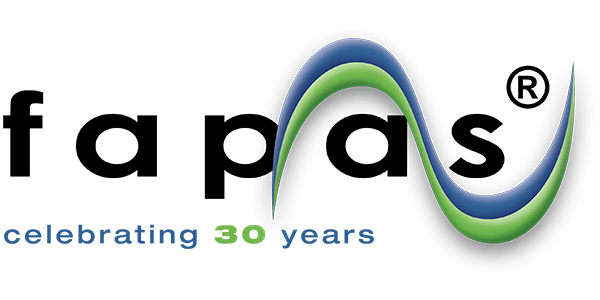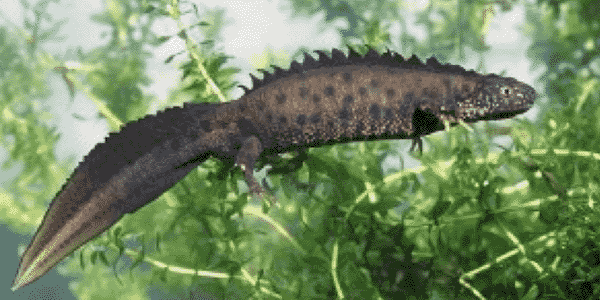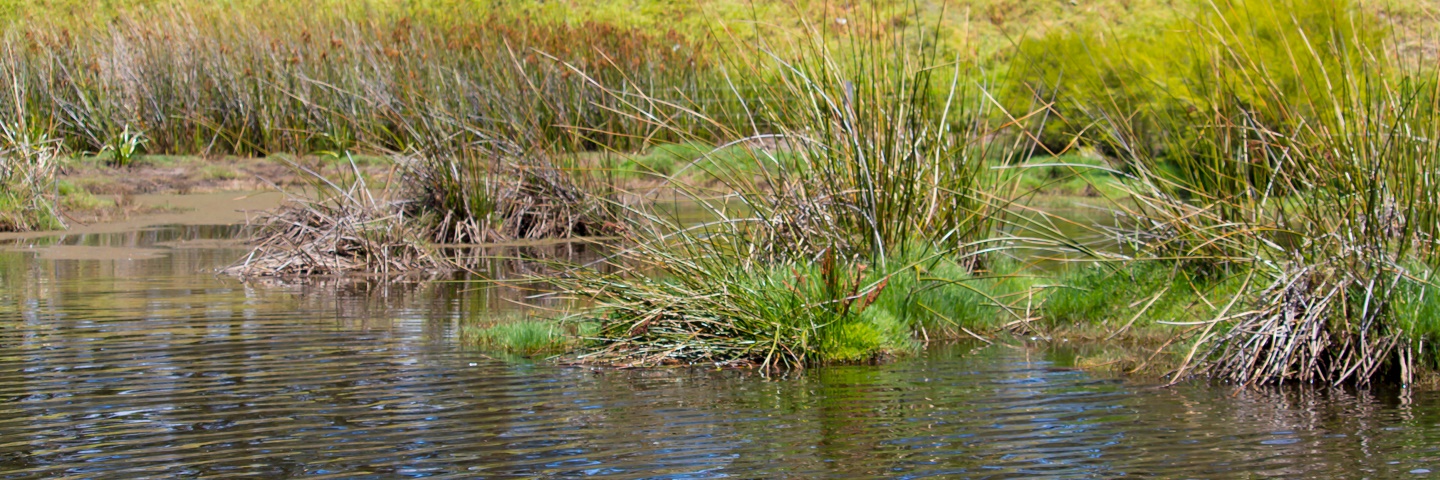Regulations for testing the impacts of pesticides, insecticides and other chemical compounds on the environment are becoming increasingly stringent.
Regulations for testing the impacts of pesticides, insecticides and other chemical compounds on the environment are becoming increasingly stringent. As criteria for environmental impact assessments are tightened, there is greater demand than ever for the higher tiers of aquatic risk testing. In addition, regulations now recognise the need to protect whole ecosystem biodiversity, which poses significant challenges for agrochemical companies, regulators and scientists when it comes to establishing assessment criteria and gathering the high-quality data needed.
Concerns about mesocosm studies
Regulators are broadly supportive of mesocosm studies as a way to provide the data they need to make robust regulatory decisions. However, a number of potential issues frequently arise. These were summarised by Christoph Schafers from the Fraunhofer Institute at the recent International Akademie Fresenius ECOTOX Conference in December 2019. Two of the principal objections associated with mesocosm testing, which he outlined, are:
1. ensuring the statistical power of the results.
2. ensuring appropriate species representation.
The solutions to these two objections are closely connected. The new CHAP's e-flows mesocosm testing facility supported by Innovate UK and developed, designed, managed & operated by Fera is the most extensive in Europe, with unique features that enable it to overcome these objections about data reliability.

New regulations have recently been introduced in Europe in relation to endocrine disruptors and their effects on aquatic vertebrates, and there is a growing recognition of the need to protect whole ecosystem biodiversity.
Modelling nature in our mesocosm
The mesocosm provides a research platform of 60 artificial streams and ditches over which we have complete control, populated by natural communities of aquatic organisms. It allows us to expose relevant communities of organisms to potential pollutants in a way that closely resembles the expected patterns in nature. This includes using flowing fresh water to dilute and remove the chemicals in the same way they flush through a natural stream or ditch. The mesocosm can simulate pulsed exposures to chemicals, as would occur naturally in edge-of-field streams and ditches. It is the first fully flow-through, controlled outflow facility in Europe, and the first designed, built and managed specifically with the requirements of the EFSA 2013 Guidance in mind.
“In the mesocosm, we can scientifically assess whether or not any chemical has adverse impacts on communities of organisms in a natural setting.”
Overcoming concerns about mesocosm testing
The mesocosm has been designed to overcome the common concerns about this type of ecotoxicology testing. Here’s how:
1. Statistical powerMesocosm studies have sometimes been questioned because there simply weren’t enough animals in the study – and statistical models tend to fail when dealing with low numbers. The lack of high organism numbers meant that data from these studies often lacked the statistical power required. A solution is simply to use a much bigger study facility with a much larger population of individuals of suitable species. The facility we have at Fera is the largest in Europe, enabling us to establish sufficiently large communities of aquatic plants and animals for our studies – assisting the statistical power of the data we generate.
The latest EFSA Guidance has introduced a requirement to report and classify study outcomes based on minimum detectable differences (MDD). This has potentially made it more difficult to achieve high reliability ratings in mesocosm studies. However, this difficulty only arises when there is high variability in the number of individuals of any species found in different replicate units within a mesocosm. Such variability is a result of the generally low numbers of individuals in most replicate units, due to insufficient suitable habitat for species to become established in large numbers.

2. Species representation
The issue of statistical power is closely related to that of species representation. The issue of low numbers of organisms is especially pertinent when referring to species representation of groups such as EPT taxa – Ephemeroptera (mayflies), Plecoptera (stoneflies), and Trichoptera (caddisflies). Specific habitat requirements need to be met if these species are to form supportable populations in a mesocosm environment.
The new mesocosm at Fera overcomes these problems by providing habitats of sufficient size and quality that populations of representative species can establish in higher numbers. This means that our experiments are powerful enough to achieve minimum detectable difference criteria – which support high reliability ratings. As an indication of the species abundance achievable in our mesocosm, I was net sweeping back in November, just five months after the facility was completed, and found hundreds of mayfly nymphs. These species can survive in static conditions, but establish in much higher numbers with a constant supply of freshly aged water. Using our new facility, we will be able to establish mesocosm experiments with species populations that support the sampling frequencies needed for truly robust risk assessment studies.
Fit for the future
The e-flows mesocosm was developed with an eye to the future. Meeting the demands of agrochemical regulations is already a challenge, and the requirements for high-quality data on the impacts of chemicals in the environment will only get tougher in the years ahead. With this need for robust and reliable data from aquatic risk assessments in mind, regulators are already advocating mesocosm studies as the future for higher tier risk assessments. This new facility offers considerable scope for the refinement and advancement of these complex studies.
In our next technical observation in this series, we will look in more detail at Endocrine Disruptors, and explain how the new Aquatic facility at Fera provides solutions for the recent updates to the EU regulations for biocide products (2017/2100) and plant protection products (2018/605) that now require products to be labelled as endocrine disruptors, if they have a demonstrated adverse effect in an individual or its offspring which is a consequence of an endocrine mode of action.

Join our symposium on Advances in Environmental Risk Assessments
The issues raised in this technical observation will form the backbone of the agenda at our own symposium – Recent Advances in Environmental Risk Assessments 2020 – to be held at Fera, near York, on 1st and 2nd July 2020. They are the key issues that will influence the future of environmental risk assessments and the generation of high-quality data in the years ahead, shaping the way we continue to safeguard the natural environment, human health and sustainable food production.




